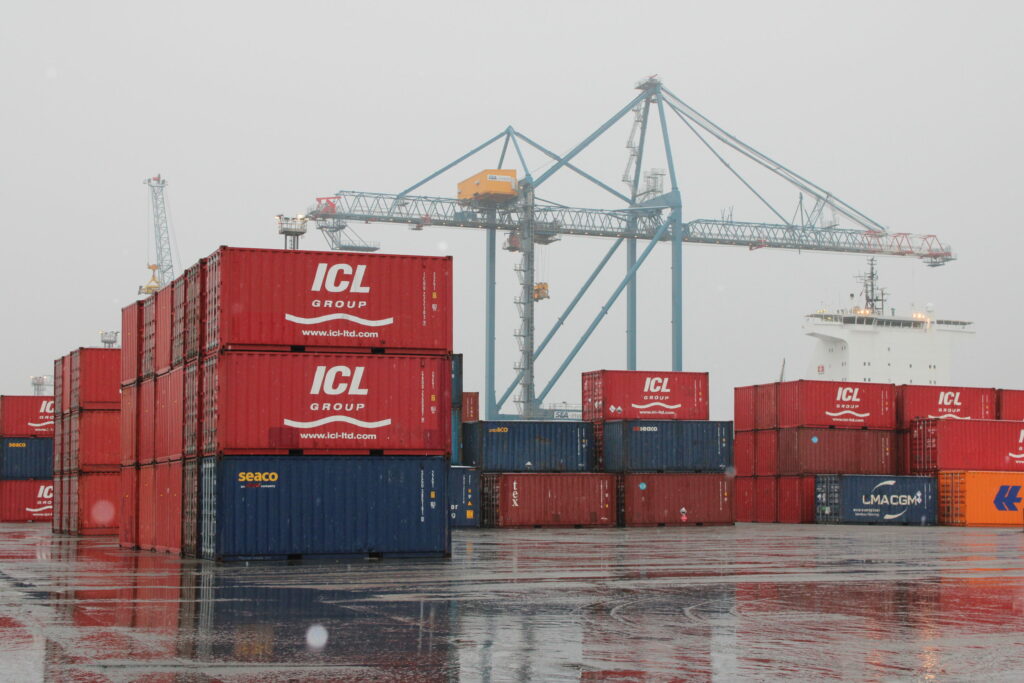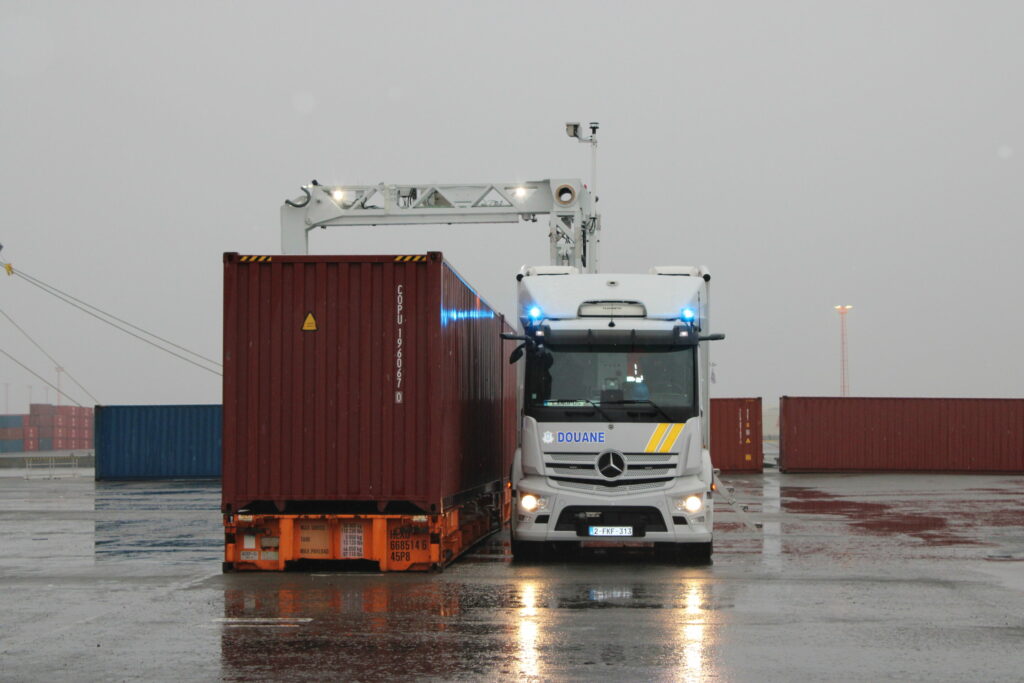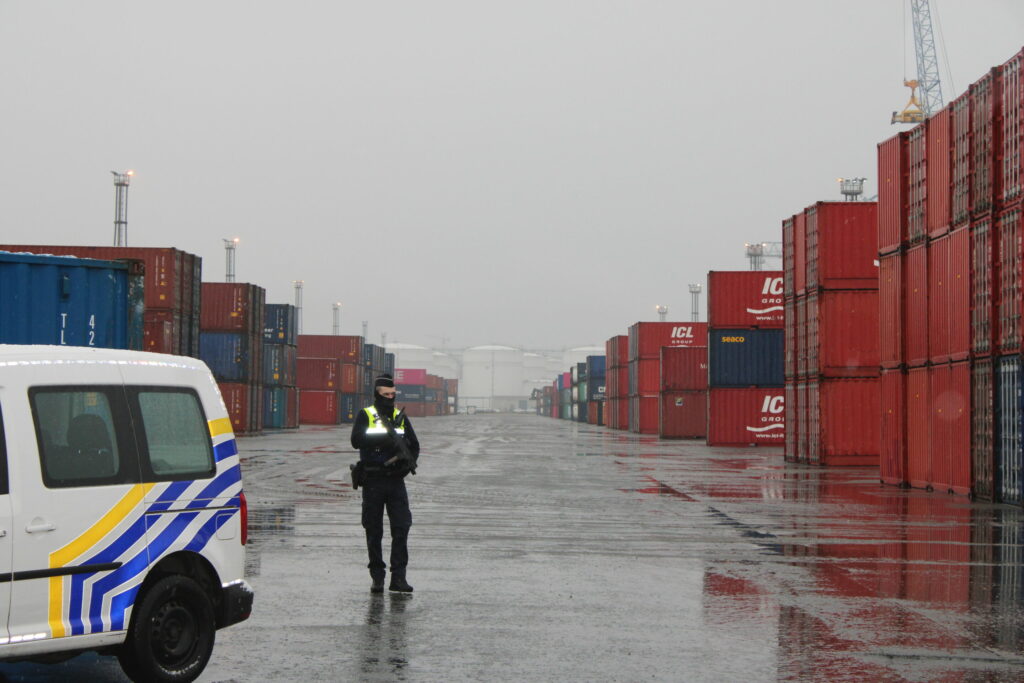The number of tonnes of cocaine that Belgian customs intercepted in the Port of Antwerp has dropped for the first time in years, but this is not necessarily cause for celebration: the port remains the most popular destination for the Latin American drugs mafia.
While the Belgian authorities made more seizures in the Port of Antwerp than ever before in 2024, fewer drugs were found. "Only" 44.2 tonnes of cocaine were seized last year, compared to 121.1 tonnes in 2023 – nearly three times as much.
"This is a historic drop," Kristian Vanderwaeren, administrator general at Belgian Customs, told The Brussels Times. "But the million-dollar question is: did we miss any?"
According to Vanderwaeren, the lower figures are mainly due to a drop in large drug seizures (more than two tonnes). While Belgian customs made 13 of these large seizures in 2023, they only made two last year. "These criminals are testing us. By shipping smaller quantities, they are spreading the risks."
'First port of call'
Meanwhile, seizures in Latin American source and transit countries are still around the same levels, or have even risen towards Belgium. In 2023, "only" 45 tonnes were seized in South America with Belgium as their final destination, while this figure rose to 81 tonnes in 2024 – "a huge increase," according to customs.
There are "many elements at play" that make Antwerp such a most popular destination for the Latin American drug mafia, Bob Van den Berghe, Deputy Head of the United Nations Passenger & Cargo Border Team, told The Brussels Times. "Economically speaking, Antwerp has a very important port: a large number of containers are handled here."
Considering that most of these containers with drugs are coming from Latin America, Antwerp is also the "first port of call" for these organisations to infiltrate Europe, he said. "And the logistics structure helps: there are the inland ports that can be used, there is the rail, the trucks by road. There are several possibilities."

Containers in the Port of Antwerp. Credit: The Brussels Times
On top of that, containers are often handled very quickly in Antwerp. "This means that customs and police officers do not always have much time to identify or even check the right containers. So there are many elements actually at play here."
While Van den Berghe stressed that other European ports – such as Rotterdam, Hamburg, Le Havre – remain important for cocaine smuggling, "Antwerp continues to stand out."
Therefore, the outgoing Federal Minister in charge of Customs, Vincent Van Peteghem (CD&V), pointed to the numerous cooperation agreements that Belgium set up with several countries, such as Ecuador, Brazil, Panama and Peru. He pointed out that the next Federal Government should "absolutely" continue to invest in the fight against drug smuggling – including through mobile container scanners and better training.
Cat and mouse
The UN Passenger & Cargo Border Team trains multidisciplinary units in 86 source and transit countries, 24 of which are in Latin America and the Caribbean. "Last year, those units seized 230 tonnes of cocaine in 2024, 186 tonnes of which were destined for Europe. Of the amount going to Europe, 81 tonnes were destined for the port of Antwerp – double that of 2023."
He admitted that whether this means that the authorities are getting better at catching containers or that more cocaine is being shipped is difficult to assess. "We obviously hope the increase is because we are training the units better. But in addition to using different routes, criminal organisations are also trying different modus operandi."

Containers in the Port of Antwerp. Credit: The Brussels Times
Vanderwaeren explained that these different methods make the work for customs increasingly difficult, as much cocaine is processed in other materials through chemical processes nowadays.
"While smuggling drugs in deck cargo (hiding in legal cargoes, such as bananas, sugar or wood) remains popular, they are becoming more sophisticated: soaking textiles or cardboard or even coal with drugs to extract them later, for example."
While these 'mixtures' make the drugs harder to spot, it is a hassle for criminal organisations, said Vanderwaeren. "To extract cocaine from clothing, you need a lab. To extract cocaine from coal, you need a very good lab, otherwise everything catches fire. The fact that criminals are resorting to this is an indication that they are having a harder time, but they are inventive. It is a cat-and-mouse game."

